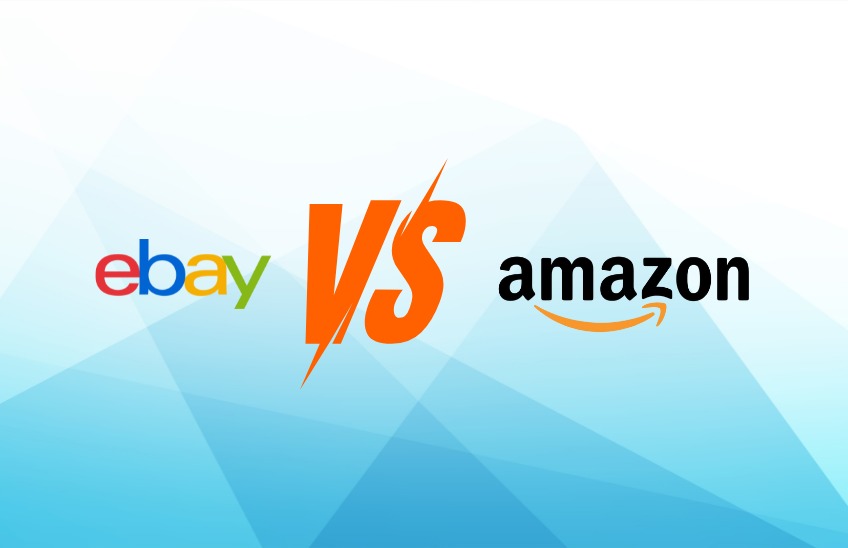
The world of eCommerce is vast, with countless platforms available for budding entrepreneurs and seasoned sellers alike. Two of the most prominent giants in this space are eBay and Amazon. Each platform boasts unique strengths and attracts different types of sellers and buyers. The question that often arises is: Which platform is better for your business—eBay or Amazon? This article will break down the key differences to help you make an informed decision and give you insights on how to master these platforms effectively.
1. Overview of eBay and Amazon
eBay is known as an auction-based marketplace where sellers list items that buyers can bid on, although a significant portion of eBay’s sales now comes from fixed-price listings. eBay is ideal for selling unique, vintage, or second-hand items and offers significant flexibility to sellers in terms of pricing and listing styles.
Amazon, on the other hand, is a highly structured platform focused primarily on new products. It offers the advantage of massive traffic and brand trust, positioning itself as the go-to place for anything from books and electronics to apparel and home goods. Amazon’s Fulfilled by Amazon (FBA) service allows sellers to leverage Amazon’s extensive logistics network for warehousing and shipping.
2. Fees and Costs
Understanding the fee structure of each platform is crucial for managing profitability:
- eBay: Sellers face insertion fees for listing items, as well as final value fees when a sale is made. While eBay’s fees can sometimes be lower than Amazon’s, the platform doesn’t offer bundled services like FBA.
- Amazon: Amazon charges sellers a monthly subscription fee for its Professional account (or a per-item fee for Individual sellers) and takes a percentage of each sale. With FBA, additional fulfillment and storage fees are incurred, but sellers benefit from Amazon Prime’s fast shipping, which can boost sales.
3. Seller Competition and Reach
Amazon has significantly more competition due to its popularity, but it also provides a larger potential audience. High competition means sellers need to optimize their listings with SEO, reviews, and ads to stand out.
eBay, while also competitive, allows for more niche markets. Sellers can list unique items with less fear of being undercut by larger merchants. eBay’s market structure supports sellers who wish to carve out specialized product offerings.
4. User Experience and Flexibility
eBay:
- Listing Options: Offers more customizable listing formats, from auctions to fixed prices.
- Flexibility: Allows sellers to set their own return policies and create tailored shipping arrangements.
Amazon:
- User Trust: With a reputation for seamless transactions, Amazon provides a user-friendly shopping experience that encourages repeat business.
- Brand Strength: Sellers can enhance credibility by associating with Amazon’s brand, but this comes at the cost of limited flexibility in how products are marketed.
5. Which Platform is Best for Your Business?
Choose eBay if:
- You deal in second-hand, vintage, or rare items.
- You want more control over pricing and shipping policies.
- You prefer a platform with customizable listings.
Choose Amazon if:
- You sell new, mass-market products and want exposure to millions of active buyers.
- You can handle the competition or plan to use FBA to provide fast, reliable shipping.
- You value the boost that Amazon’s brand credibility gives your products.
6. Maximizing Success on eBay and Amazon
Regardless of the platform you choose, having the right strategies is essential for success. This includes understanding platform-specific SEO, optimizing product listings, and mastering ads and promotions.
Looking to get started or advance your skills in selling on these platforms? Check out our comprehensive eBay Course and Amazon Course. Learn from industry professionals and join the ranks of successful sellers who know how to leverage these platforms effectively.


